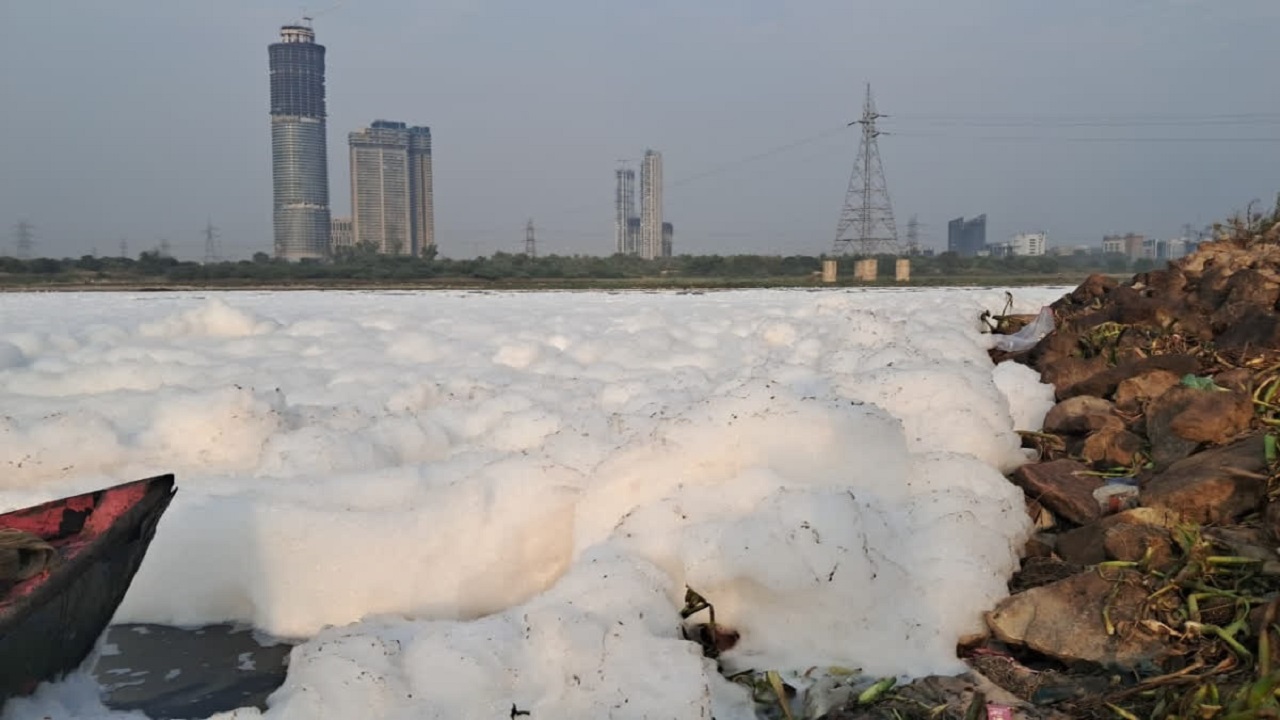Delhi’s Yamuna Project: A Model for Cooperative River Rejuvenation
Context
The newly elected government in Delhi, working in alignment with the central government, has prioritised the cleaning of the Yamuna River.
This initiative supports and enhances the Namami Gange Programme (NGP) and offers the potential to act as a replicable model for river rejuvenation through strengthened Centre-State cooperation and improved urban governance.
Namami Gange Programme (NGP): A Paradigm Shift in River Rejuvenation
-
Launched in 2014, NGP marked a transition from a regulatory pollution control approach (under the Ministry of Environment) to an executive, mission-based framework under the Ministry of Jal Shakti.
-
This shift reflects a broader focus, moving from pollution abatement to enhancing the ecological health of rivers.
-
The programme adopts a river basin-based planning approach, developed with inputs from IITs.
-
This integrated model mirrors successful global efforts such as the International Commission for the Protection of the Rhine (ICPR), founded in 1950, which revived the River Rhine through coordinated planning.
Institutional and Legal Reforms under NGP
-
The River Ganga Authorities Order, 2016 established a multi-tier governance structure for effective coordination:
-
National Ganga Council (NGC) chaired by the Prime Minister
-
Empowered Task Force headed by the Union Jal Shakti Minister
-
Executive Council led by the Director General of NMCG
-
State and district-level Ganga Committees for subnational involvement
-
-
Despite these provisions, state-level participation has remained weak.
-
Challenges include inadequate legal, financial, and institutional support from basin states, leading to concerns about the sustainability of the programme.
Delhi’s Yamuna Project: A Case Study in Urban River Restoration
-
Nearly 80% of Yamuna’s pollution originates from Delhi, primarily due to uncaptured and untreated sewage.
-
This highlights the critical role of urban governance and the need for effective sewage treatment infrastructure in river rejuvenation.
-
As the Yamuna is an interstate river, its restoration requires interstate collaboration, making Delhi's approach a model for federal cooperation.
-
The project can help understand what motivates subnational mobilisation under centrally sponsored programmes like the NGP.
Learning from Global Best Practices
-
The European experience with the ICPR, especially after the Sandoz chemical disaster, led to the creation of the Water Framework Directive, which institutionalised long-term water governance.
-
India can draw lessons by encouraging state ownership and creating strong institutional partnerships within the NGP framework.
Conclusion
-
Delhi’s Yamuna cleaning initiative presents an opportunity to address existing gaps in the Namami Gange Programme, especially related to:
-
Urban sewage management
-
Subnational participation
-
Interstate cooperation
-
-
If leveraged effectively, it can contribute to building a robust and layered governance framework for river rejuvenation in India.
-
This will also advance goals related to environmental federalism, urban development, and sustainable water governance, making it highly relevant for UPSC aspirants studying environmental policy and governance.

.jpg)


Comments (0)